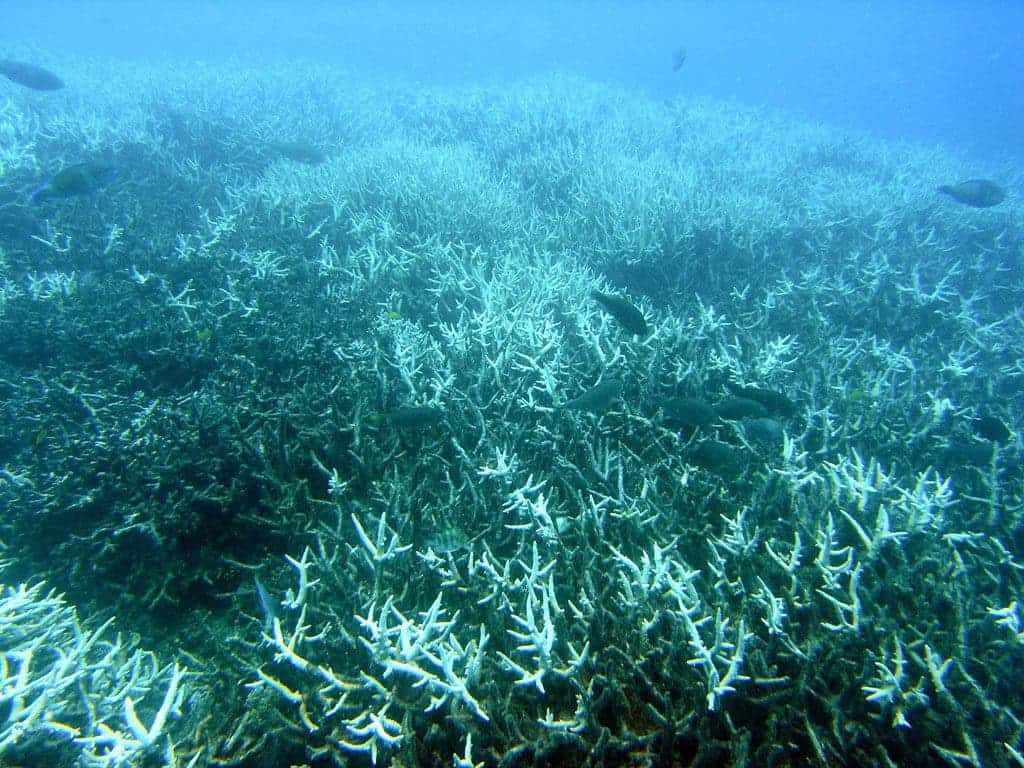
The Great Barrier Reef is the largest living organism in the world at 2,300 kilometers (1,400 miles) long. Coral reefs are important because they house about 25% of marine life. However, coral bleaching and other stressors, such as pollution and a very hungry starfish, have left the reef battered and at risk of dying completely. Consecutive bleaching events in the past two years haven’t given it any chance to recover.
Bleaching occurs when the water is too warm; the corals then expel their symbiotic algae, known as zooxanthellae. These algae supply the coral with food via photosynthesis and give them their color — so when they’re kicked out the coral turns white, or bleaches. The algae can return when the waters cool and the corals can then rebuild and recover in 15 to 25 years. Unfortunately, they haven’t had any chance to do so. The situation is so grim that the reefs and tourism associated with it could die by 2050.
The Australian government is trying a last-ditch effort to save its underwater monument. It is offering money to scientists with solutions. AUS$2.0 million (US$1.6 million) are on the table.
“The scale of the problem is big and big thinking is needed, but it’s important to remember that solutions can come from anywhere,” said Environment Minister Josh Frydenberg. “Solutions could focus on anything from reducing the exposure of corals to physical stressors, to boosting coral regeneration rates by cultivating reef-building coral larvae that attract other important marine species.”
Several proposals will be chosen for an initial testing round; it can last up to 6 months and use AUS$250,000. A further AUS$1 million will be made available to the best solutions, so applicants can develop and test their prototypes for up to 12 months.
Last year, researchers from Southern Cross University collected coral spawn and eggs. They grew them into larvae and then transplanted them into a damaged reef. Eight months later, the coral had survived and grown, suggesting that this approach could be viable in other reefs.
However, the truth of the matter is that global warming is the main problem that is threatening the reefs. There can perhaps be short-term solutions to bide time but the only long-term solution is to reduce CO2 emissions and curb the global temperature increases.






